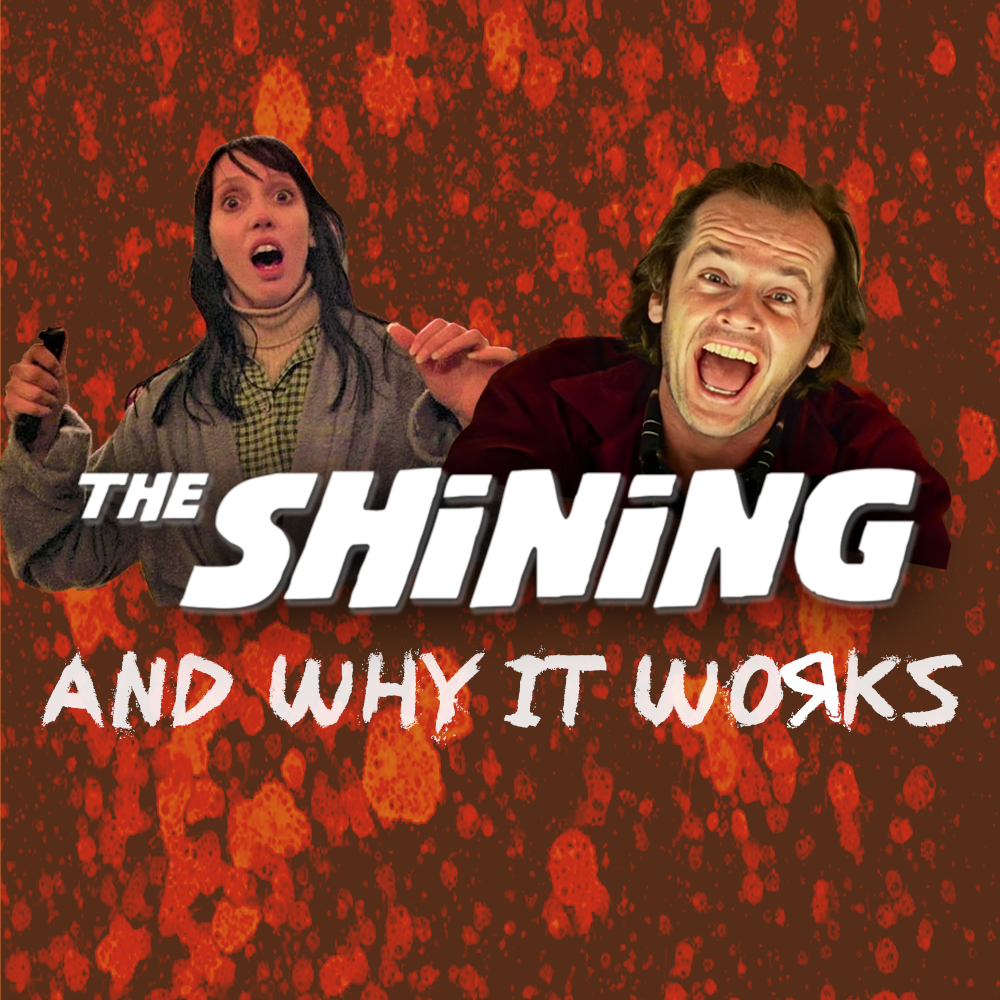Please visit response.fsu.edu for official FSU updates and resources.
The Shining: Why it Works

The Shining. If you were to walk around asking strangers about this movie, the chances are most of them would at least know of it, and those who had seen it would mostly agree–it’s a pretty solid horror movie. Some might even argue that it is the best horror movie, and these people are certainly not a minority, many people who have watched this movie rank it highly among the horror movies they’ve seen. Even now, 44 years later, this movie holds up and continues to terrify new and old audiences alike. Why?
To put it simply, possibly the largest reason The Shining is so terrifying is because of its oppressive, smothering, pitch-black atmosphere. This is a movie with little to no hope in it–almost no moments where the tension is broken. The movie just keeps going and going, building up and up until the pressure and weight of it is almost unbearable, all leading to a heart-pounding, teeth-clenching climax that leaves you tired and spent as if you’ve just run a marathon. The music is heavy and droning, building up slowly as the film goes on until it’s utterly desolate, filling your head with its dreadful noise. The cinematography grows more cramped and unescapable, the sets become winding and confusing. We feel trapped in this world, unable to escape what is happening on screen–we feel as lost as the characters we watch running through it.
The film never pulls a cheap scare, there are no jump-scares or sudden loud noises without reason, a trick many modern horror films use that accidentally breaks the tension. Instead, the film just keeps building tension up and up by including very frightening scenes–for example, Jack in the bathroom with the old woman–but then ending these scenes before they can really climax, leaving the audience pent-up with the unrelieved tension. This happens over and over, bringing the audience to an edge but never pushing them over, never giving them relief, building this massive amount of tension until it is finally relieved all at once in the film’s climax.
The family conflict at the center of the film is likely another reason this film gets to people–it touches on something that is very sensitive and fragile in the hearts of many, the destruction of a family. For many people, “family” is a good word, associated with warmth, happiness, safety. Traditionally speaking this is a very classic view to have, family is supposed to be there for you, a warm, fuzzy safety blanket that you’ll always have. And then this film comes and tears that blanket away from you. From the beginning of the movie, the Torrence family has a tense atmosphere, a very real and uncomfortable dynamic. The mother is clearly trying to hold everything together, the father is just sort of doing his own thing but is still trying to support his family, and the son who has been damaged by this dynamic just sort of quietly exists, trying not to cause issues. Around this whole mess are the tying strings of love and bonding that come with family. As the film continues, we watch these strings fray and snap, and we watch as these problems that were once undertones begin to rise to the surface, eventually consuming the family. Jack begins to spend more and more time on his own, resenting the bond his wife and son have with each other, Wendy grows more and more desperate to keep things together. Her love for her family becomes a detriment, trying helplessly to keep Jack sane while also protecting Danny. Danny bikes around and around the hotel in circles, being damaged psychologically both by the dynamics of the family and by the hotel itself.
We, the audience, watch as this family that is just trying its best–something that might be frighteningly relatable for some people–is torn apart by its own inner conflicts. This is a concept many don’t want to face–the idea that a family can be destroyed. And yet this movie forces it into your head, making you watch it happen in graphic detail. We want to look away, we want it to stop and for the family to make up and for everything to be happy, but none of this happens, instead we continue to watch and the family continues to self-destruct until the end of the movie when the hotel finally spits the family out, a shriveled husk of what it once was and missing a primary member.
Although there is plenty more to be said about this movie, entire books could be dedicated to dissecting this film in its entirety, so breaking it down within the confines of a small article is a bit difficult and limiting. This movie is truly something incredible to experience and is horrifying in a novel and powerful way. I’d suggest you go to the SLC’s showing of The Shining on April 9th, bring some friends, and have a wonderful time decompressing by analyzing it for hours afterward.
Writer: Giovanni Rodriguez
Artist: Solymar Estrella



